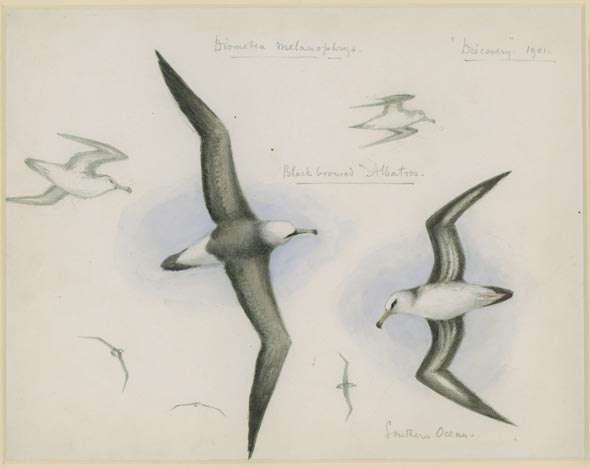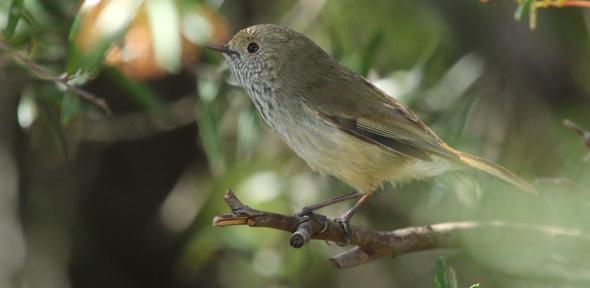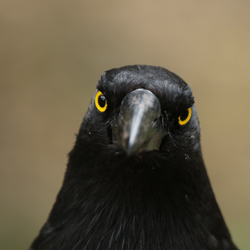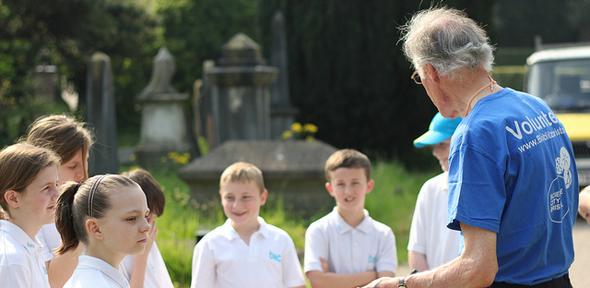
The study revealed that each cell in normal facial skin carries many thousands of mutations, mainly caused by exposure to sunlight. Around one in four skin cells in samples from people without cancer were found to carry at least one cancer-associated mutation.
Ultra-deep genetic sequencing was performed on 234 biopsies taken from four patients revealing 3,760 mutations, with more than 100 cancer-associated mutations per square centimetre of skin. Cells with these mutations formed clusters of cells, known as clones, that had grown to be around twice the size of normal clones, but none of them had become cancerous.
“With this technology, we can now peer into the first steps a cell takes to become cancerous,” explains Dr Peter Campbell, a corresponding author from the Wellcome Trust Sanger Institute. “These first cancer-associated mutations give cells a boost compared to their normal neighbours. They have a burst of growth that increases the pool of cells waiting for the next mutation to push them even further. We can even see some cells in normal skin that have taken two or three such steps towards cancer. How many of these steps are needed to become fully cancerous? Maybe five, maybe 10, we don’t know yet.”
The mutations observed showed the patterns associated with the most common and treatable form of skin cancer linked to sun exposure, known as cutaneous squamous cell carcinoma, rather than melanoma, a rarer and sometimes fatal form of skin cancer.
“The burden of mutations observed is high but almost certainly none of these clones would have developed into skin cancer,” says Dr Iñigo Martincorena, first author from the Sanger Institute. “Because skin cancers are so common in the population, it makes sense that individuals would carry a large number of mutations. What we are seeing here are the hidden depths of the iceberg, not just the relatively small number that break through the surface waters to become cancer.”
Skin samples used in this study were taken from four people aged between 55 and 73 who were undergoing routine surgery to remove excess eyelid skin that was obscuring vision. The mutations had accumulated over each individual’s lifetime as the eyelids were exposed to sunshine. The researchers estimate that each sun-exposed skin cell accumulated on average a new mutation in its genome for nearly every day of life.
“These kinds of mutations accumulate over time – whenever our skin is exposed to sunlight, we are at risk of adding to them,” explains Dr Phil Jones, a corresponding author from the Sanger Institute and the MRC Cancer Unit at the University of Cambridge. “Throughout our lives we need to protect our skin by using sun-block lotions, staying away from midday sun and covering exposed skin wherever possible. These precautions are important at any stage of life but particularly in children, who are busy growing new skin, and older people, who have already built up an array of mutations.”
Recent studies analysing blood samples from people who do not have cancer had revealed a lower burden of mutations, with only a small percentage of individuals carrying a cancer-causing mutation in their blood cells. Owing to sun exposure, skin is much more heavily mutated, with thousands of cancer-associated mutations expected in any adult’s skin.
The research was primarily supported by the Wellcome Trust, the Medical Research Council, Cancer Research UK and EMBO.
Adapted from a press release from the Wellcome Trust Sanger Institute
Reference
Martincorena I, et al. (2015). High burden and pervasive positive selection of somatic mutations in normal human skin. Science.
Normal skin contains an unexpectedly high number of cancer-associated mutations, according to a study published in Science. The findings illuminate the first steps cells take towards becoming a cancer and demonstrate the value of analysing normal tissue to learn more about the origins of the disease.

The text in this work is licensed under a Creative Commons Attribution 4.0 International License. For image use please see separate credits above.



































